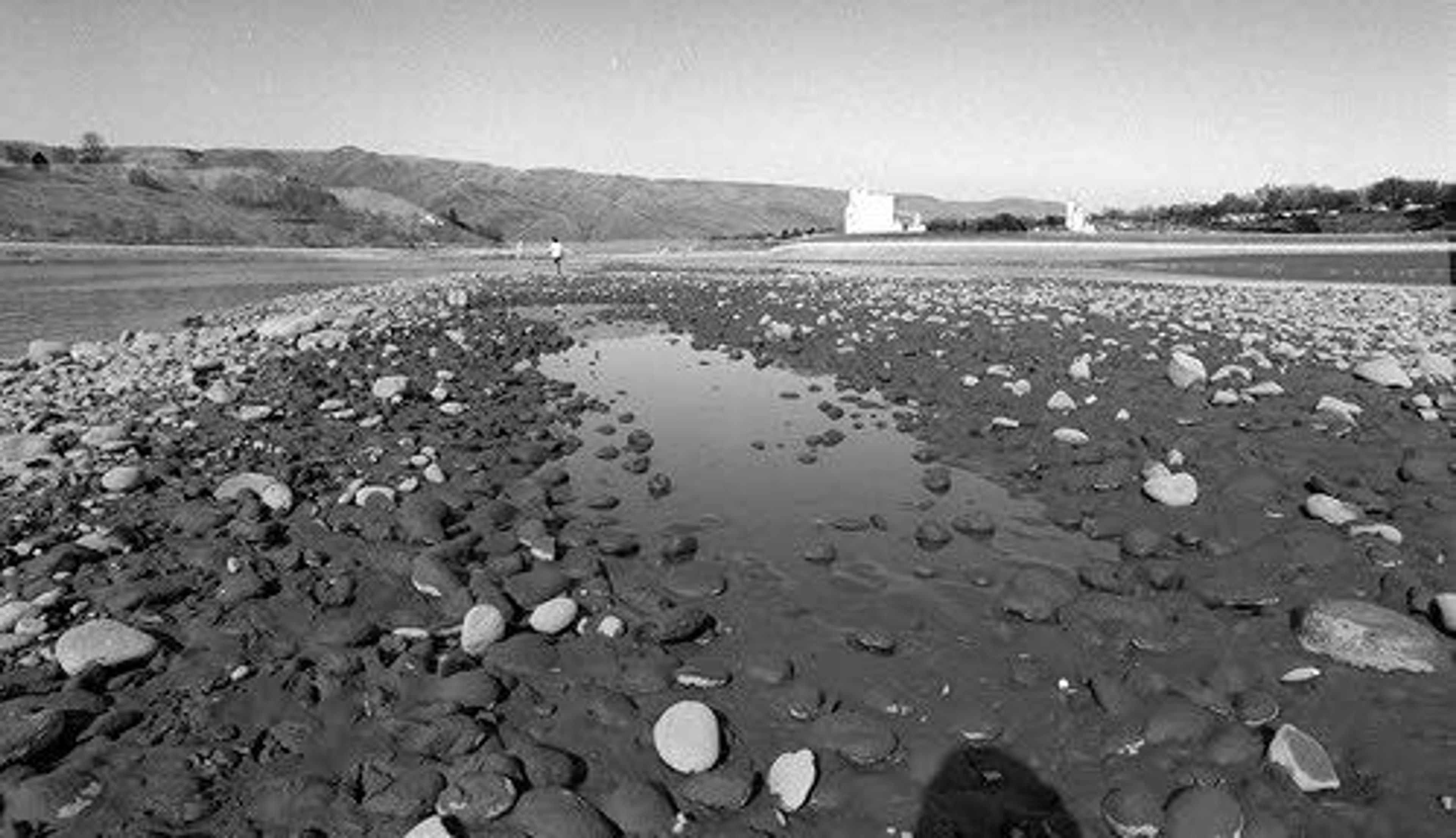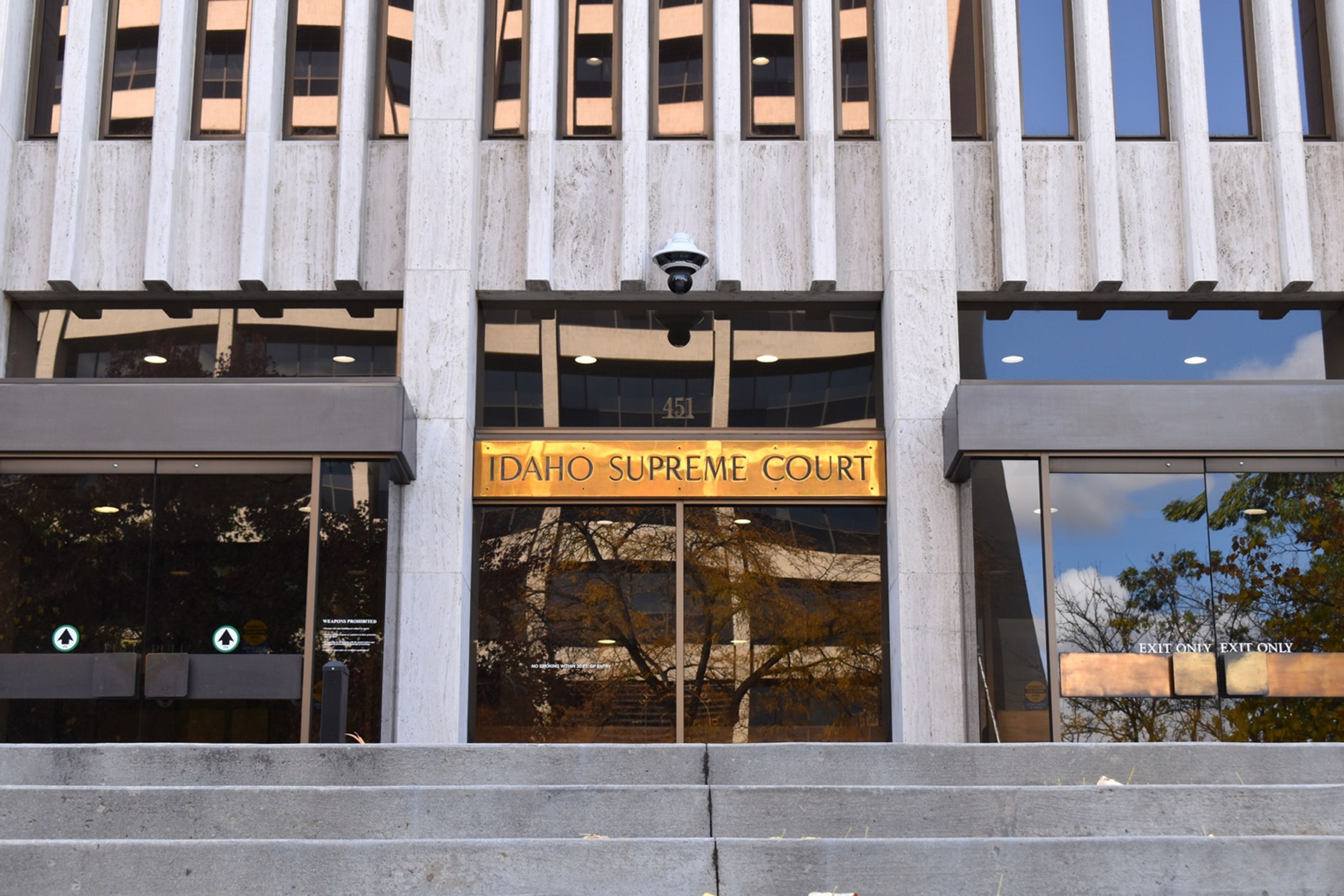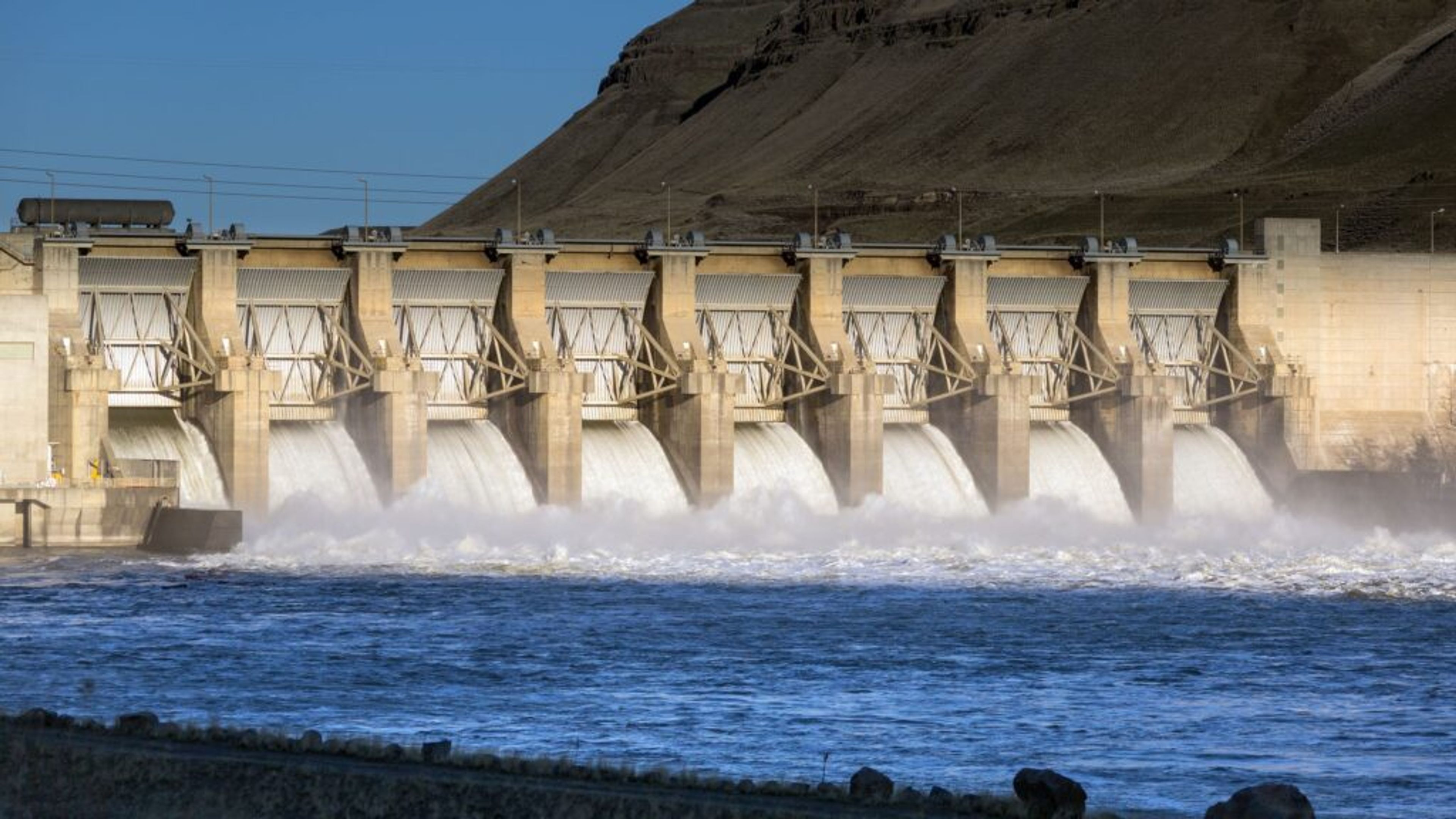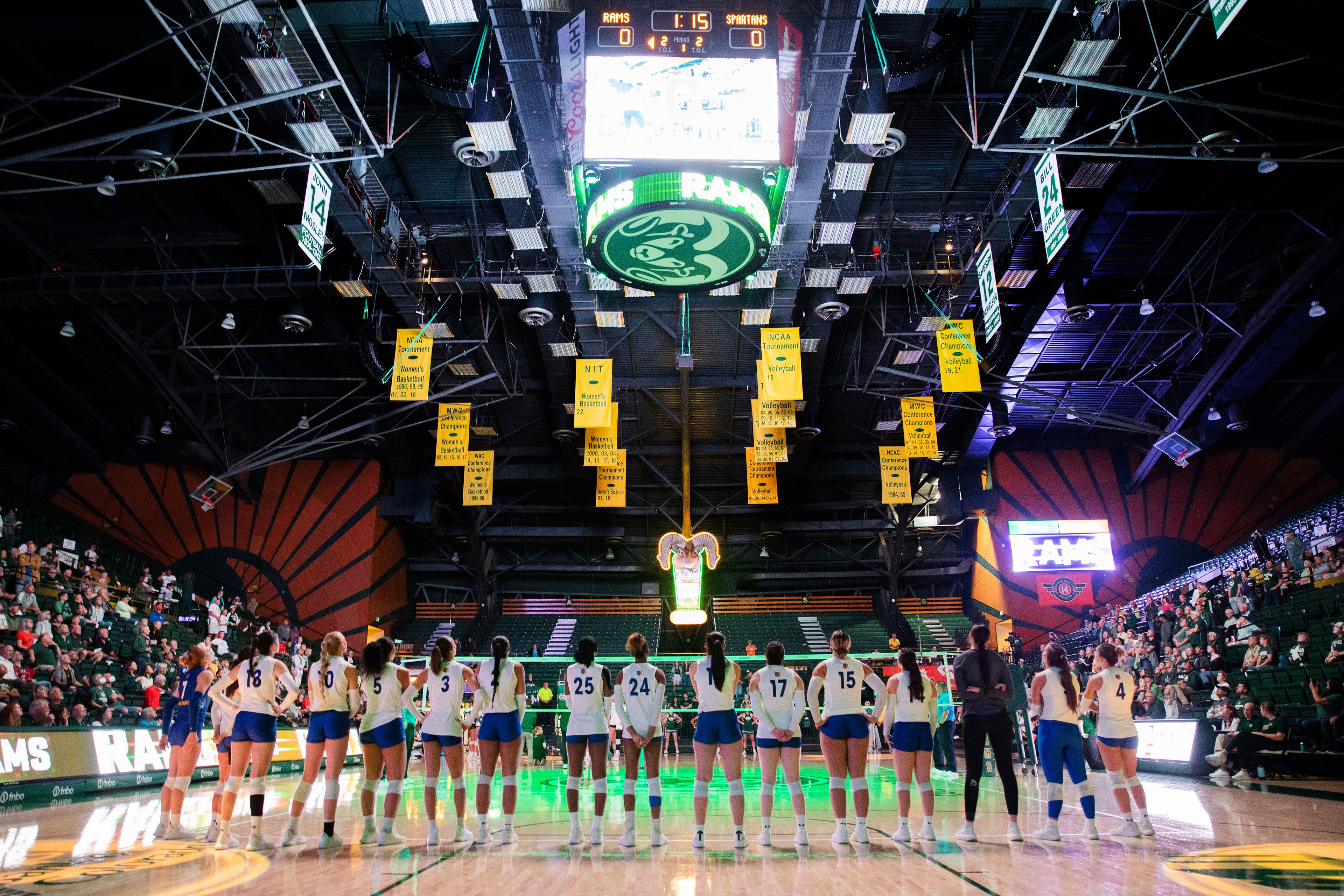The Tribune at 125: The test drawdown
An inch an hour, two feet a day, Lower Granite's pool slowly begins to lower today
This story originally ran in the March 1, 1992, edition of the Lewiston Tribune
---
The much anticipated, debated and berated drawdown of Lower Granite Reservoir begins this morning.
Signs of the changes ahead, sometimes subtle and sometimes not, gained substance Saturday.
A Montana boat owner secured a cabin cruiser to a trailer for the long trek home as he pulled one of the last boats from Hells Gate State Park's marina at Lewiston.
The slips were empty, too, at Red Wolf Marina at Clarkston. The big boats that berthed elsewhere on the reservoir's slack waters had disappeared.
The giant jet boats operated by Beamer's Hells Canyon Tours at the Port of Wilma across the river from Redwolf Marina had migrated elsewhere. So had the Karl Prehn, Lewiston's fireboat normally docked at the U.S. Army Corps of Engineers office at Clarkston.
The drawdown test was called for by the Northwest Power Planning Council, the region's governors and others to see if lowering the reservoirs could help speed the seaward migration of young salmon.
The test is to see if the reservoirs are fit to handle that plan. The corps will watch Lower Granite Dam and the highways and railroad line that ring the reservoir for signs of damage. The corps urges owners of private property to do the same.
In mid-March, the corps will start lowering Little Goose Reservoir downstream from Lower Granite. Little Goose will drop as much as 20 feet. The corps plans to refill both by April 1.
Saturday, a green ring of algae around the riprap lining the Lewiston Levees showed Lower Granite Reservoir had already dropped to its minimum operating level in preparation for this morning.
Sandy shoals crept here and there from the reservoir's edge. A swimming beach and boat basin at Swallows Nest Park at Clarkston became more sand than water.
Corps officials will lower the reservoir's surface two feet a day, an inch an hour, for the next two weeks until the water level stands at an elevation of 705 feet above sea level. That will be 33 feet below Lower Granite's surface at full.
The mid-March level also will be 28 feet below its minimum level during the last 17 years since Lower Granite Dam closed and the reservoir filled. The slackwater made Lewiston a shipping center for barges serving ocean-going ships.
The barges and tugs that push them departed Thursday. The dam's lock shut down at 6 a.m. Friday.
Corps officials readied their final preparations for the experiment. They expect the test to cost some $2 million to $3 million when all the bills for planning, monitoring and similar bills are paid.
Lost power production from turbines made less energetic by lower reservoir levels will add $2 million to $3 million more to the tab, Lt. Col. Robert D. Volz estimated Thursday.
Wayne John, the agency's drawdown coordinator, spent the day before the test attending to details at the experiment's nerve center at Lower Granite Dam.
The floating guidewall, a massive concrete pier used to direct barges into the locks, was freed by divers and will be moored in the navigation lock this morning.
Shakedown tests for the experiment conducted last week swept electronic equipment out of place. Stronger tethers were attached in preparation for what is to come.
John said the water from the reservoir will not be spilled until required by rising river flows or the experiment.
That means the 33,000 cubic feet of water a second now coursing down the Snake will churn over and turn the dam's turbine blades. It will not yet erupt in a froth from the dam's spillways, today at least.
The corps anticipates a rising tide of drawdown gawkers as the reservoir drops. By mid-March at least nine miles of the Snake, roughly from Asotin downstream to Red Wolf Crossing Bridge at Clarkston's western edge, will re-emerge as a river.
The Clearwater will run like a river again all the way to its mouth as the falling water forces four miles of reservoir to retreat.
Corps employees will patrol the Lewiston Levee Parkway and Clarkston Greenbelt during coming weeks to help avoid public safety problems.
The agency recommends that watchers avoid clambering down the slippery boulders to retrieve fishing lures or venturing out on mudflats.









